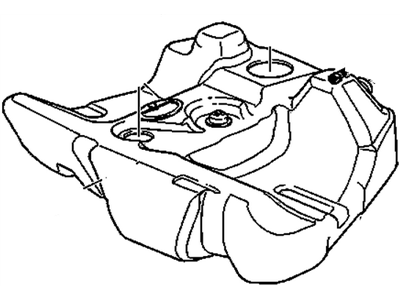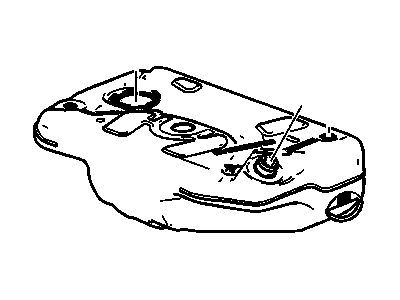
My Garage
My Account
Cart
Genuine Cadillac Seville Fuel Tank
Gas Tank- Select Vehicle by Model
- Select Vehicle by VIN
Select Vehicle by Model
orMake
Model
Year
Select Vehicle by VIN
For the most accurate results, select vehicle by your VIN (Vehicle Identification Number).
5 Fuel Tanks found
Cadillac Seville Fuel Tank
Each OEM Cadillac Seville Fuel Tank we offer is competitively priced and comes with the assurance of the manufacturer's warranty for the part. Furthermore, we guarantee the speedy delivery of your orders right to your doorstep. Our hassle-free return policy is also in place for your peace of mind.
Cadillac Seville Fuel Tank Parts Questions & Experts Answers
- Q: What precautions should be taken when repairing a fuel tank or filler neck on Cadillac Seville?A:Any repairs to the fuel tank or filler neck should always be entrusted to a professional with expertise in this crucial and potentially hazardous task. Even after thorough cleaning and flushing of the fuel system, there is still a risk of explosive fumes lingering and igniting during tank repairs.











